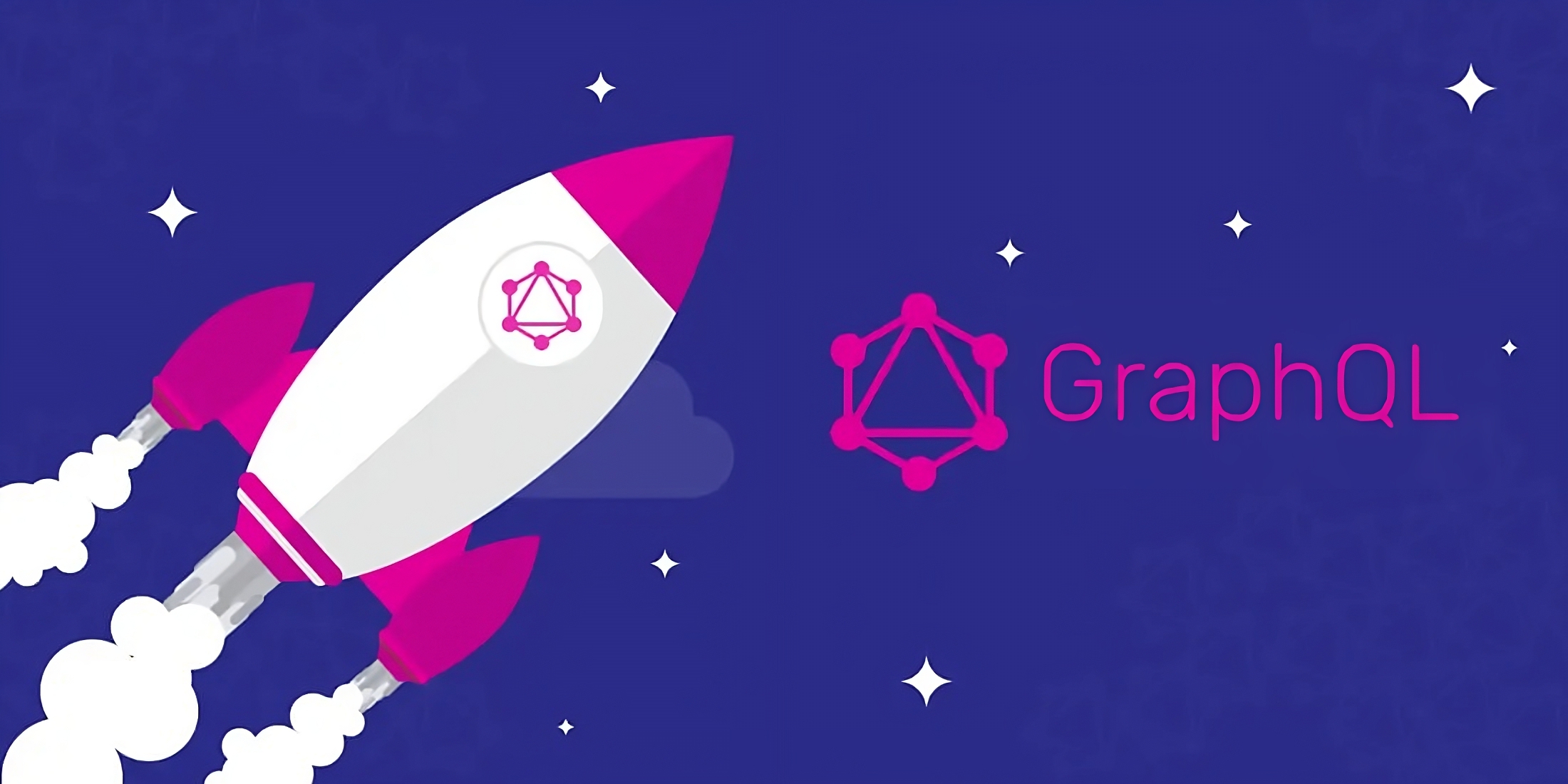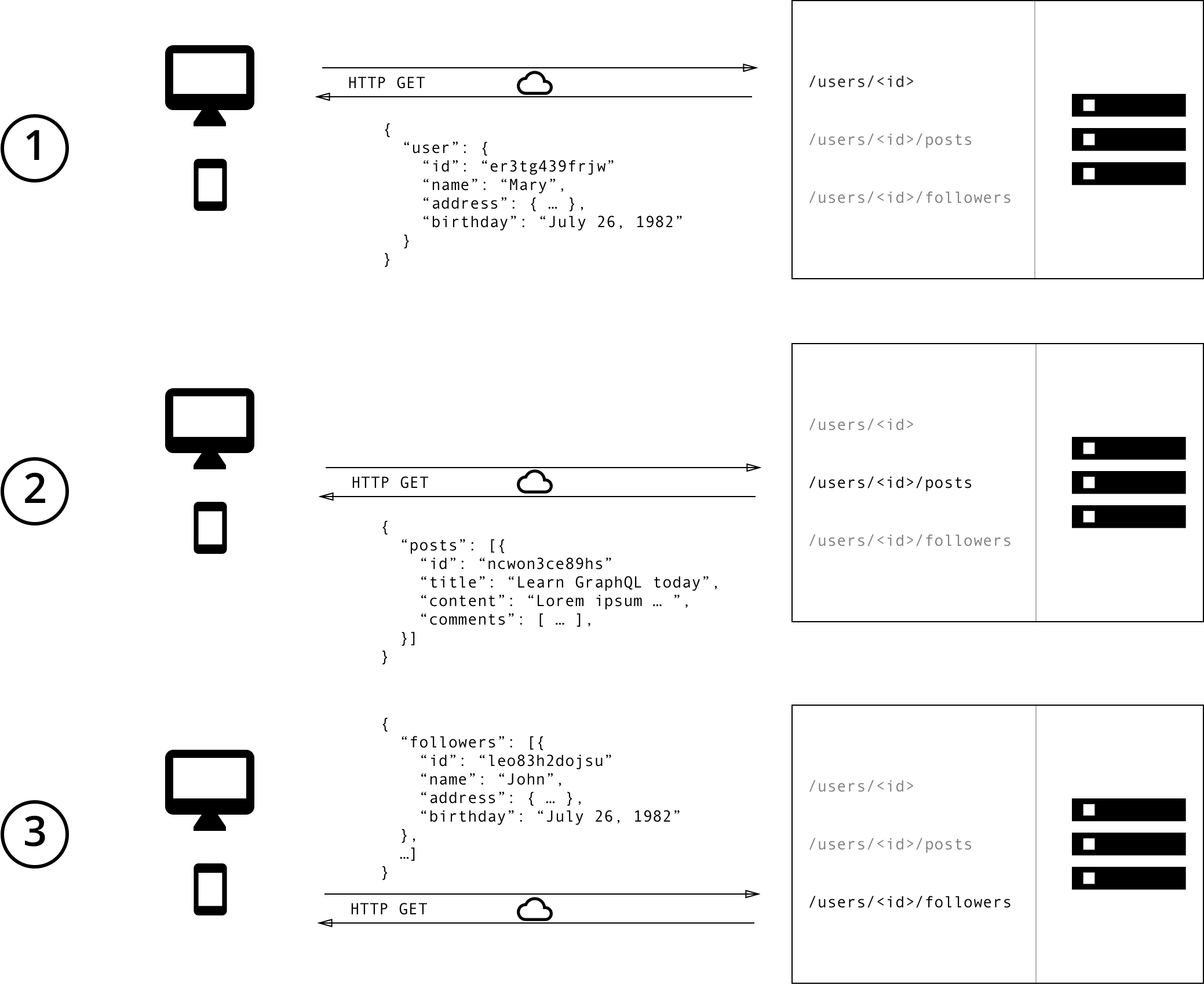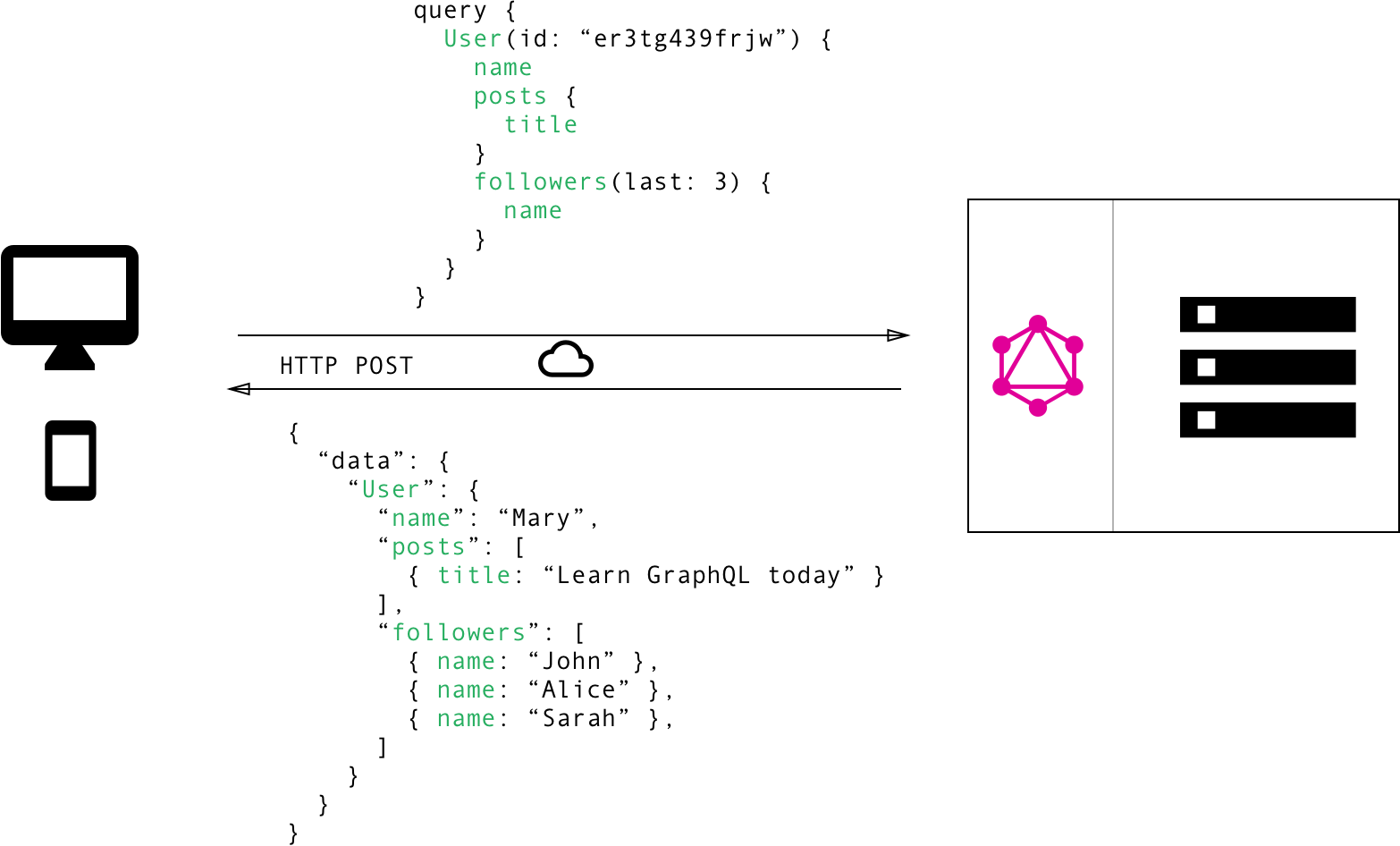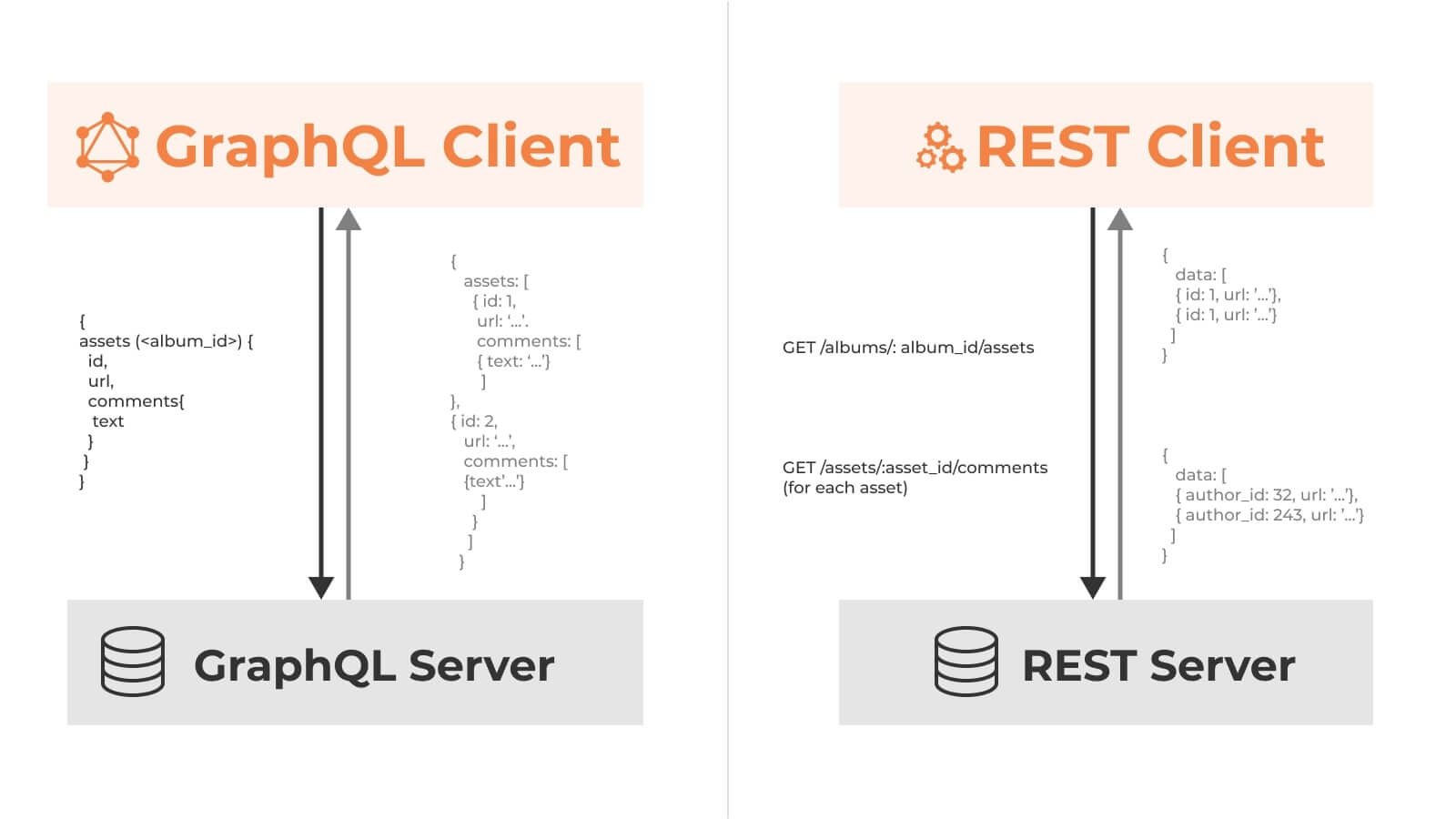Introduction to GraphQL and its benefits over traditional REST APIs.
 Shubhom
Shubhom
Image Credit : multidots.com
If you're a web developer, you've probably heard of GraphQL. But what exactly is GraphQL, and how does it differ from traditional REST APIs? In this blog post, we'll explore the basics of GraphQL and its advantages over REST APIs.
What is GraphQL?
GraphQL is a query language and runtime for APIs that was developed by Facebook. It provides a more efficient, powerful, and flexible alternative to traditional REST APIs. In a GraphQL API, clients can specify exactly what data they need, and the server returns only that data. This eliminates the need for multiple API calls to retrieve related data, and reduces the amount of data transferred over the network.
In GraphQL, the client specifies the structure of the data it needs by sending a query to the server. The server then executes the query and returns a JSON object that matches the structure of the query. This means that the client gets exactly what it asked for, and nothing more.
Benefits of GraphQL over REST APIs
Reduced network overhead: With REST APIs, clients often have to make multiple requests to retrieve related data. This can result in a large amount of data being transferred over the network, which can be slow and inefficient. With GraphQL, clients can retrieve all the necessary data with a single request, reducing network overhead.

Image credit : howtographql.com

Image Credit: howtographql.com
Flexible data retrieval: In REST APIs, the server determines the structure of the data returned to the client. This can lead to over-fetching (retrieving more data than needed) or under-fetching (not retrieving enough data). In GraphQL, clients can specify exactly what data they need, and the server returns only that data.

Image Credit : mobilelive.ca
Strongly typed schema: GraphQL APIs have a strongly typed schema that defines the data types, queries, and mutations available in the API. This provides better documentation and tooling for developers, and helps catch errors before runtime.
type Link { description: String! id: Int! url: String! } type Query { ok: Boolean! }Rapid development: With GraphQL, developers can iterate faster and make changes to the API without breaking existing clients. Clients can also evolve independently of the server, which makes it easier to build and maintain APIs.
Now that you know the basics of GraphQL, you might be interested in learning how to build GraphQL APIs. That's where my series of tutorials comes in. I'll be sharing a complete guide on building GraphQL APIs using the schema-first approach, with proper authentication, role-based access control, middlewares, custom scalars, directives, and popular GraphQL tools and libraries. Follow my profile to stay updated on the latest tutorials.
Conclusion
In this blog post, we've introduced GraphQL and its benefits over traditional REST APIs. GraphQL provides a more efficient, powerful, and flexible alternative to REST APIs, and is rapidly gaining popularity among developers. If you're interested in learning more about GraphQL and how to build GraphQL APIs, check out my series of tutorials on the topic.
Subscribe to my newsletter
Read articles from Shubhom directly inside your inbox. Subscribe to the newsletter, and don't miss out.
Written by
